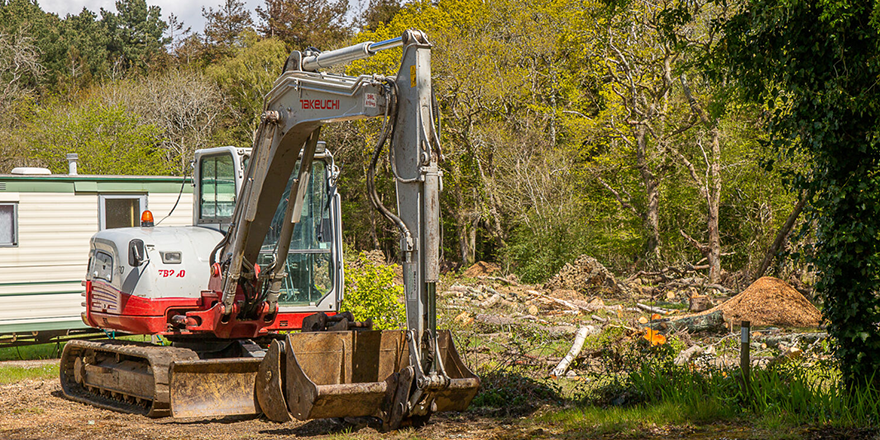
Executive Summary
Plantation forestry in New Zealand is entering a period of growth due to the availability of wood supply. Nowhere is this more prevalent than the Gisborne region. In order for forest owners to capitalise on their investment, this growth in industry capacity needs to be met with the supply of labour. To this end, the industry has its back to the wall.
The primary aim of this project has been to identify important characteristics of forestry training that are considered useful in the context of designing an alternative forestry training programme for the Gisborne region. The characteristics of training explored in this project include features that are considered successful as well as identifying limitations and challenges that are impeding the delivery of positive training outcomes. A broader objective of this project is to support the Eastland Wood Council (EWC) initiative to explore the potential for an alternative industry led training programme for the region. In order to achieve this aim, the author has collected data with semi-structured interviews to explore the perspectives of a sample of key stakeholders who are directly involved in the industry.
The results of this research illustrate that forestry training is a complex and challenging environment which is constrained by many factors. What is evident is that there is strong support for an alternative forestry training programme for the region. There is collective acknowledgment that the current training framework is not delivering what is required to support industry labour needs. The industry stakeholders realise the potential opportunity and more importantly are willing to consider alternatives and invest to find ways to improve efficiency and deliver better training outcomes.
Improved efficiency and better outcomes for forestry training will come at a significant cost. It will require substantial investment to design and implement a modern and attractive training programme which utilises technology to facilitate training as well as provides strong pastoral support to students. Strategic partnerships beyond current levels will be needed with businesses, organisations and government agencies within the industry training space to build critical momentum and realise the opportunity. This research suggested that progress toward this opportunity will require strong leadership and collaboration among industry representatives.
This report makes a number recommendations that relate specifically to the design of a training programme as well as training and industry promotion more broadly.
The recommendations are:
- Consider partnering with Competenz to integrate the apprenticeship model.
- Design and implement a student induction process to clarify the expectations of the training programme and employment in the industry more broadly.
- Invest in a strong pastoral support framework to assist and develop students.
- Consider employing a Project Manager/s to coordinate the programme. Ensure individuals who support students directly are able to engage and communicate effectively with the students.
- Invest in technology to improve student recruitment and engagement as well as improve training efficiencies and student access (i.e. machine operation simulators).
- Consider options for a machine operation training facility located in or around the city.
- Expose students to all aspects of the industry and its support services to promote the scope of care er opportunities.
- Explore opportunities to deliver the introductory industry qualifications to students prior to worksite placement with contractors. These should include NZQA ‘general requirements’ (17769) and ‘employment in a forestry operation’ (22995) . Additionally, basic fire and first aid units should be considered.
- Vet contractors who partner with the programme to ensure their team culture is appropriate to facilitate student learning.
- Consider and implement appropriate incentive mechanisms for contractors who partner with the training programme.
- Facilitate opportunities to develop a shared vision for forestry training among key stakeholders in the region. This shared vision should include defining what future employment in the forestry industry will look like. Ensure this vision can be communicated effectively.
- Facilitate opportunities to improve collaboration between key stakeholders.
- Stakeholder collaboration and partnerships with the training programme should be based upon co – investment (financial and/or non – financial) to improve engagement and deliver better outcomes.
- Increase promotion of the industry and career opportunities in schools including specific engagement with teachers and parents to ensure they are up to date with changes in industry and the future opportunities.
- Consider targeted industry and career promotion at rural schools within the Gisborne region.
Download and read the full report here




